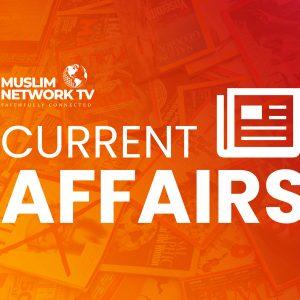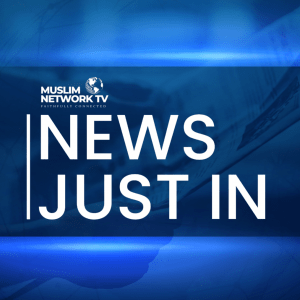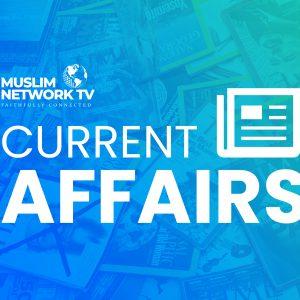Survivors of Canada’s residential schools recall horrific abuse
ANKARA (AA) – It was 1971 when Geraldine Lee Shingoose, a survivor from Canada’s controversial Muscowequan residential school, decided she was not going back after experiencing horrific abuses. Shingoose remembers the trauma suffered at the residential school like it was yesterday.
Set up by the Canadian government beginning in the 1820s, 150,000 Indigenous children attended the schools, where a large number of students were subjected to physical, sexual and psychological abuse and many contracted diseases. It is estimated that as many as 6,000 died.
Shingoose attended the school for nine years from 1962 until 1971. She belongs to the Bear clan and hails from Tootinaowaziibeeng First Nation, Treaty 4 Territory in Manitoba province.
Being taken away from her family was the hardest part, she said, because the sacred bond of Indigenous people between a parent and a child was broken.
“Also they force their religion on ours, (they) could never recognize that we had our own way of life. It took many years after for me to reconnect with my identity,” she added.
After a long healing process and with the support of her father, Shingoose, who is now a great grand-mother, said she was able to re-connect with her Indigenous culture.
Those responsible for the tragic incidents must “be held responsible and justice needs to be served,” she added.
The United Nations began to mark the International Day of the World’s Indigenous Peoples on Aug. 9 every year in 1982.









